
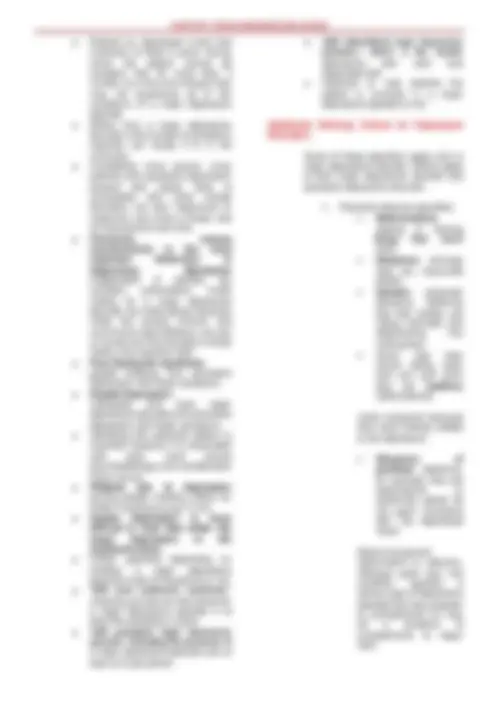


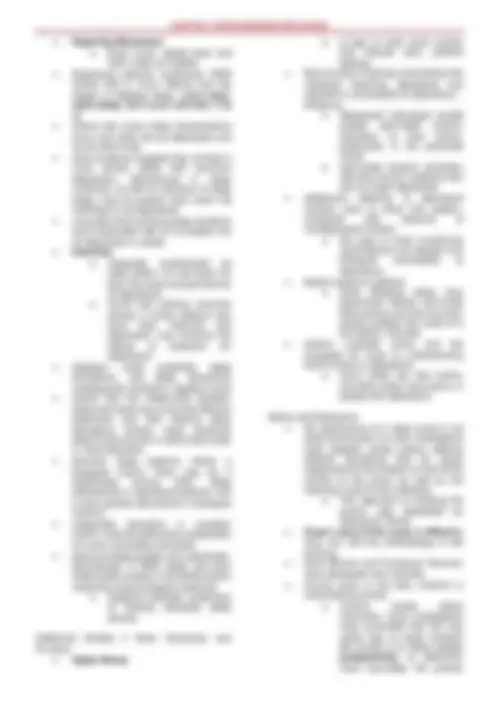

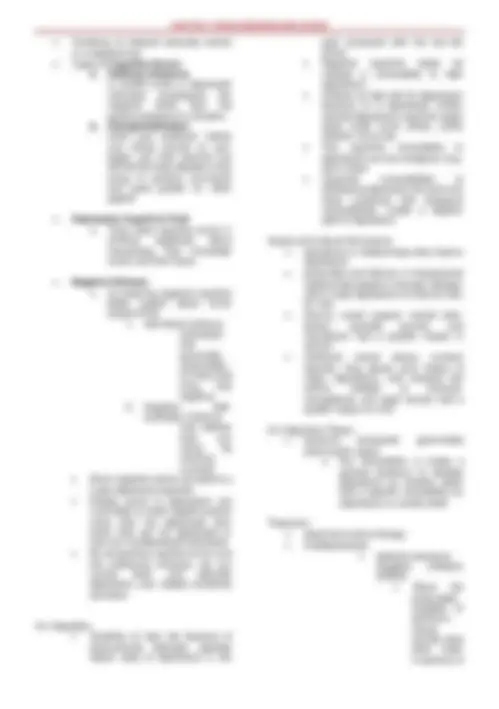

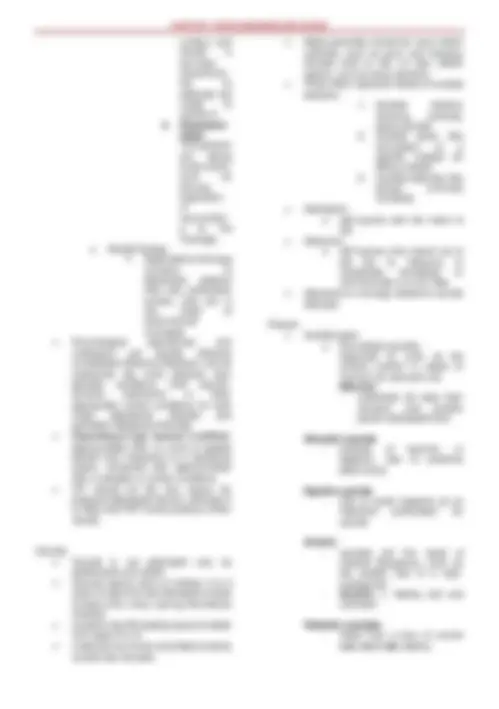
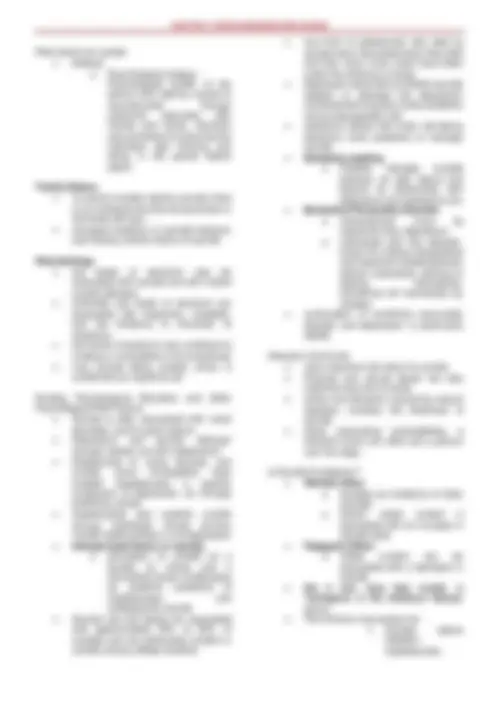


Study with the several resources on Docsity

Earn points by helping other students or get them with a premium plan


Prepare for your exams
Study with the several resources on Docsity

Earn points to download
Earn points by helping other students or get them with a premium plan
Community
Ask the community for help and clear up your study doubts
Discover the best universities in your country according to Docsity users
Free resources
Download our free guides on studying techniques, anxiety management strategies, and thesis advice from Docsity tutors
This file covers Chapter 7, providing in-depth notes on mood disorders such as major depressive disorder, bipolar disorders, persistent depressive disorder, and cyclothymia. Includes diagnostic criteria, symptoms, causes (biological, psychological, and social), and treatment options. Ideal for review or in-depth study of affective disorders.
Typology: Lecture notes
1 / 16

This page cannot be seen from the preview
Don't miss anything!










WEEK 6 – CHAPTER 7 CHAPTER 7: MOOD DISORDERS AND SUICIDE Feelings of depression (and joy) are universal, which makes it all the more difficult to understand disorders of mood —disorders that can be so incapacitating that violent suicide may seem by far a better option than living. An Overview of Depression and Mania
episode is typically 3 to 4 months o Hypomanic Episode Less severe version of a manic episode that does not cause marked impairment in social or occupational functioning and need last only 4 days rather than a full week. o Hypo means “ below ”; thus the episode is below the level of a manic episode. o Hypomanic episode is not in itself necessarily problematic, but its presence does contribute to the definition of several mood disorders. The Structure of Mood Disorders
Delusions of grandeur accompanying a manic episode are mood congruent psychotic symptoms accompany depressive episodes are relatively rare
leading to a higher incidence of diabetes
optimism prevents depression after medical illnesses and promotes longevity Some cultures have their own idioms for depression: heartbroken; weakness or injury of the spirit CAUSES Genetics (Familial and Genetic Influences)
the United States where prescriptions for SSRIs were higher. Correlational , we can’t conclude that increased prescriptions for SSRIs caused lower suicide rates.
depressed and to recognize “depressive” errors in thinking o Treatment involves correcting cognitive errors and substituting less depressing and (perhaps) more realistic thoughts and appraisals o Underlying negative cognitive schemas (characteristic ways of viewing the world) that trigger specific cognitive errors are targeted o Therapist purposefully takes a Socratic approach (teaching by asking questions making it clear that therapist and client are working as a team to uncover faulty thinking patterns and the underlying schemas from which they are generated o Advantage to this line of inquiry is that the therapist introduced Irene to the idea of looking at her own thoughts, which is central to cognitive therapy
surface and results in low-level resentment, but no attempts are made to resolve it.
3. Resolution stage The partners are taking some action, such as divorce, separation, or recommittin g to the marriage. o Marital therapy ▪ Applicable to the large numbers of depressed patients they see, particularly women, who are in the midst of dysfunctional marriages
burdensomeness, feeling trapped)